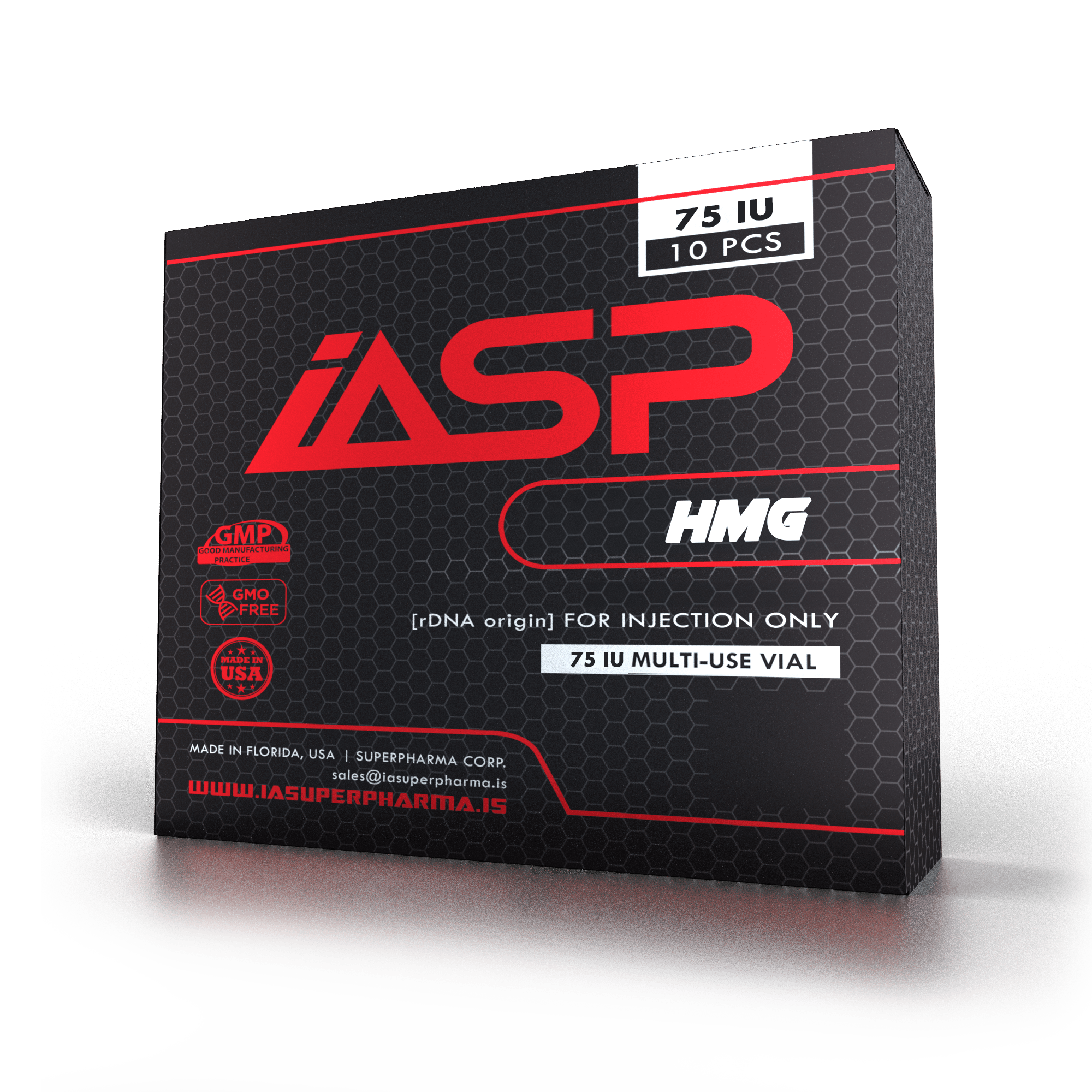Menotropin (also called human menopausal gonadotropin or hMG) is a hormonally active medication for the treatment of fertility disturbances. Frequently the plural is used as the medication is a mixture of gonadotropins. Menotropins are extracted from the urine of postmenopausal women.
Urine of postmenopausal women reflects the hypergonadotropic state of menopause -levels of follicle stimulating hormone (FSH) and luteinizing hormone (LH) are high – and contain a mixture of these gonadotropins. Other protein substances may be present, including small amounts of human chorionic gonadotropin (hCG). In 1949 Piero Donini found a relatively simple method to extract gonadotropins from urine of postmenopausal women. Menotropins were successfully introduced into clinical use by Bruno Lunenfeld in 1961. While earlier menotropin medications contained FSH and LH at a 1:1 ratio, the recognition that it is FSH that is critical for follicle stimulation has led to development of newer preparations that contain a much higher FSH/LH ratio, Fertinex being an example.
Menotropin preparations are designed for use in selected women where they stimulate the ovaries to mature follicles, thus making them more fertile. They are administered by typically daily injection, intramuscularly or subcutaneously, for about ten days under close supervision to adjust dose and duration of therapy. They can also be used in hypogonadal men to stimulate sperm production, however this is a much longer therapeutic period of 150iu per day typically covering 3-6 months.


